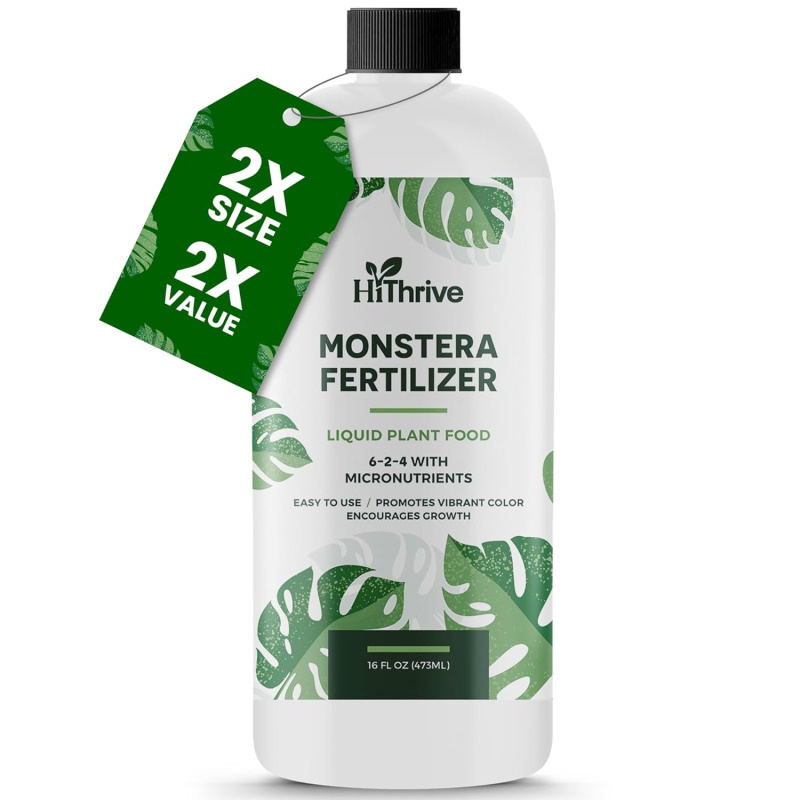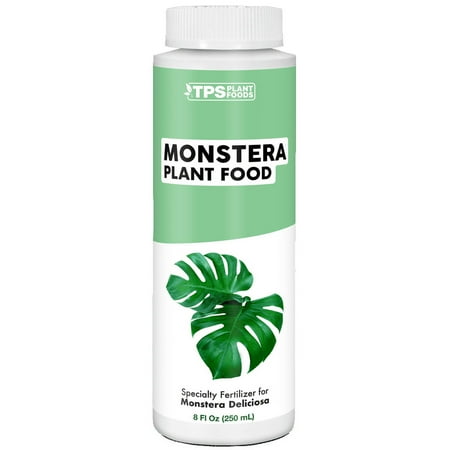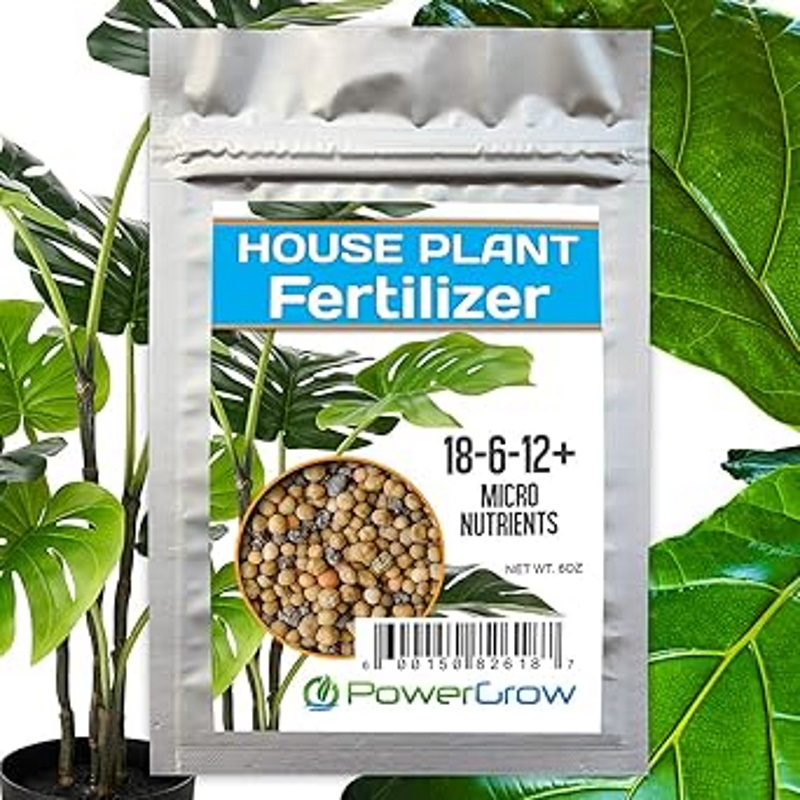How to fertilize a monstera – plant experts share how to give this statement houseplant a boost for a luscious indoor jungle
Feeding your monstera correctly can double the amount of tropical foliage in your home


Those closest to me know that my Monstera deliciosa is one of my prized possessions. When I first bought it about two years ago it was around two feet tall and has now doubled in both height and spread. Not only have I managed to keep it thriving by providing optimal growing conditions, but I also routinely fertilize my monstera to achieve more growth.
Caring for monsteras is fairly straightforward. These plants are hardy and won't complain too much if their soil is dry for a short period. However, if you notice your monstera leaves are drooping or perhaps there hasn't been a lot of growth, you might want to try using plant food to brighten up this plant's luscious dark green foliage and encourage new leaves to sprout.
Fertilizing indoor plants is a great way to give them some extra nutrients and improve the quality of their potting mix so that they continue to grow happily in your home. However, as with fertilizing garden plants, you need to be aware of how to feed houseplants correctly. Failing to do so may cause a number of problems for your plant. But don't worry, I've called on houseplant experts to provide their top tips for fertilizing monsteras and compiled everything you need to know right here.
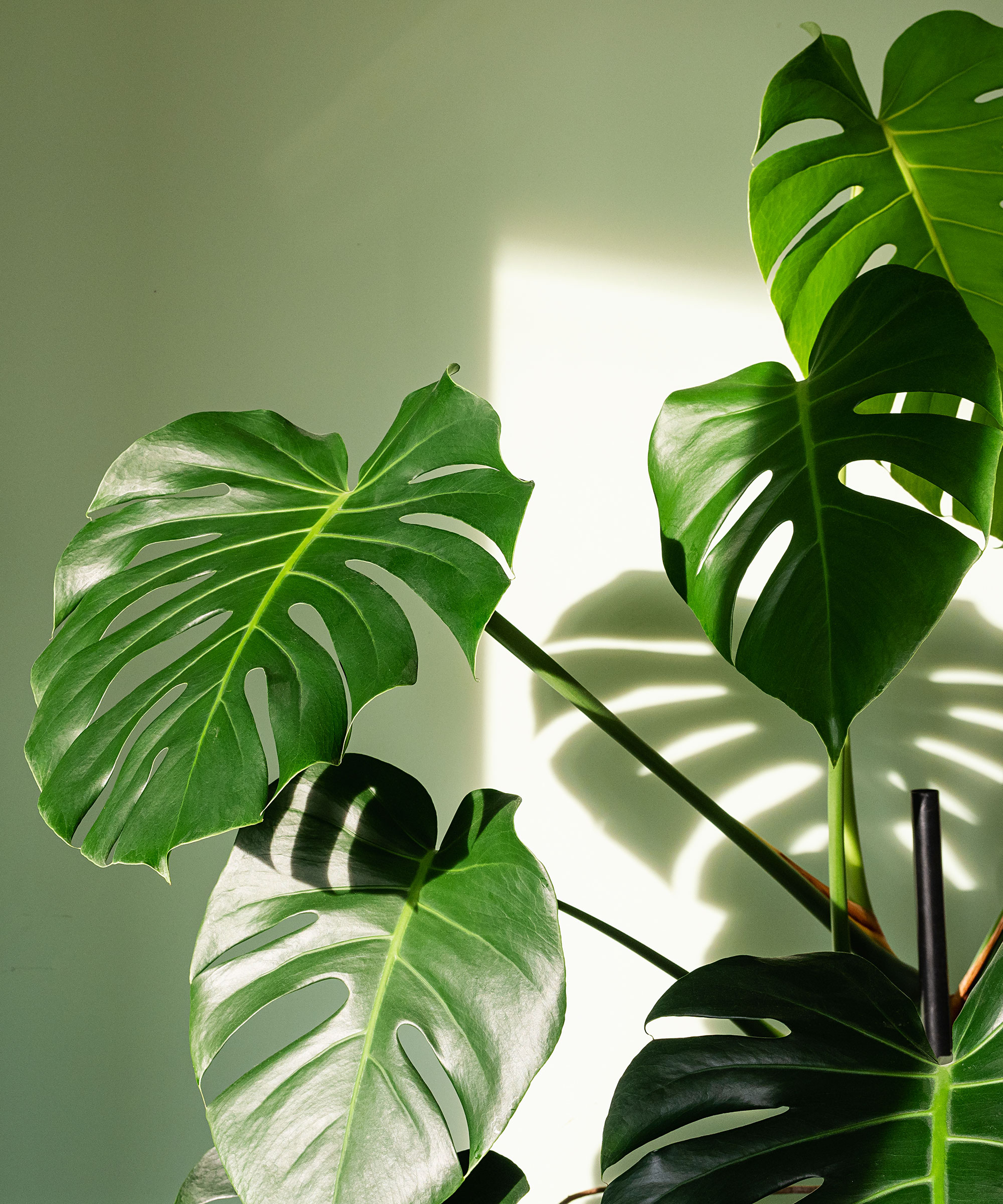
When to fertilize monsteras
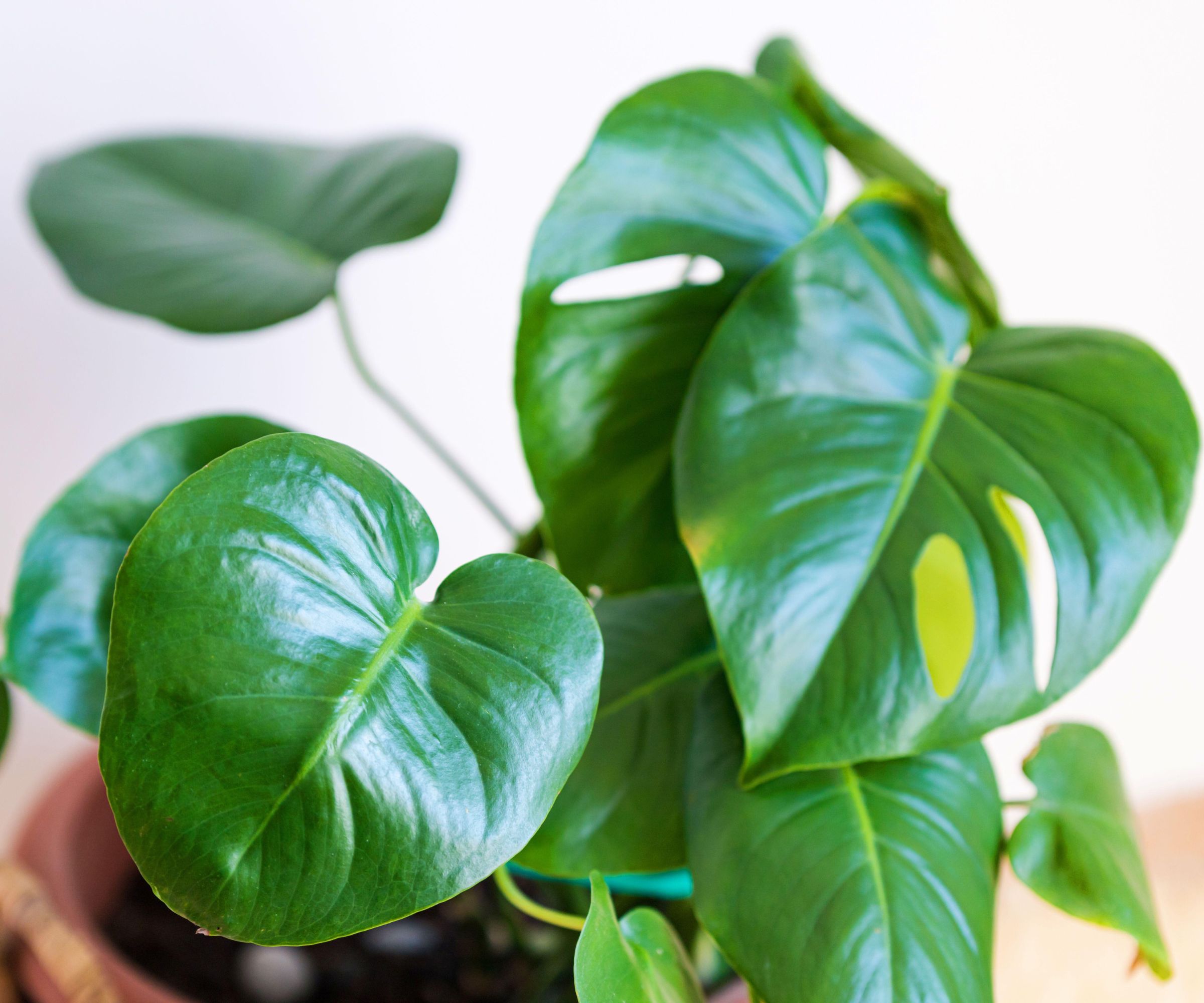
The first rule of thumb is to avoid fertilizing houseplants in winter, at least for the most part. One of the most common fertilizing mistakes is giving your plants food when they aren't actively growing. For monsteras, the active growth season is during the warmer months.
'Monstera plants should be fertilized regularly during their active growth period, which is from mid-spring to mid-fall,' says Nastya Vasylchyshyna, plant expert at Plantum. 'Typically, you should fertilize every two to four weeks during that period.'
However, there is an exception to this rule. 'Depending on where you live, you can even fertilize year-round,' notes Raffaele Di Lallo, plant expert from Ohio Tropics. If your indoor temperature remains around 65°F and higher, plus you notice your monstera is still growing into colder months, you may still be able to use fertilizer during fall and winter.
'But if you live in an area where the winters have short dark days and your plant's growth has come to a halt, then you can stop fertilizing until it starts to grow again in spring,' warns Raffaele.
Design expertise in your inbox – from inspiring decorating ideas and beautiful celebrity homes to practical gardening advice and shopping round-ups.
I personally use a room thermometer to observe the temperature for my houseplant collection, like this thermometer and humidity meter from Amazon.

Nastya is a professional botany expert for the Plantum app that helps identify plants and plant diseases and provides care recommendations. Her specialization is plant morphology, phytopathology, and plant physiology.

Raffaele Di Lallo is the founder of the blog Ohio Tropics which focuses on the care of houseplants and other tropical plants, both indoors and outdoors. He has a large following on Instagram where he gives plant care tips and is the author of Houseplant Warrior: 7 Keys to Unlocking the Mysteries of Houseplant Care, published by Countryman Press.
How to fertilize monsteras
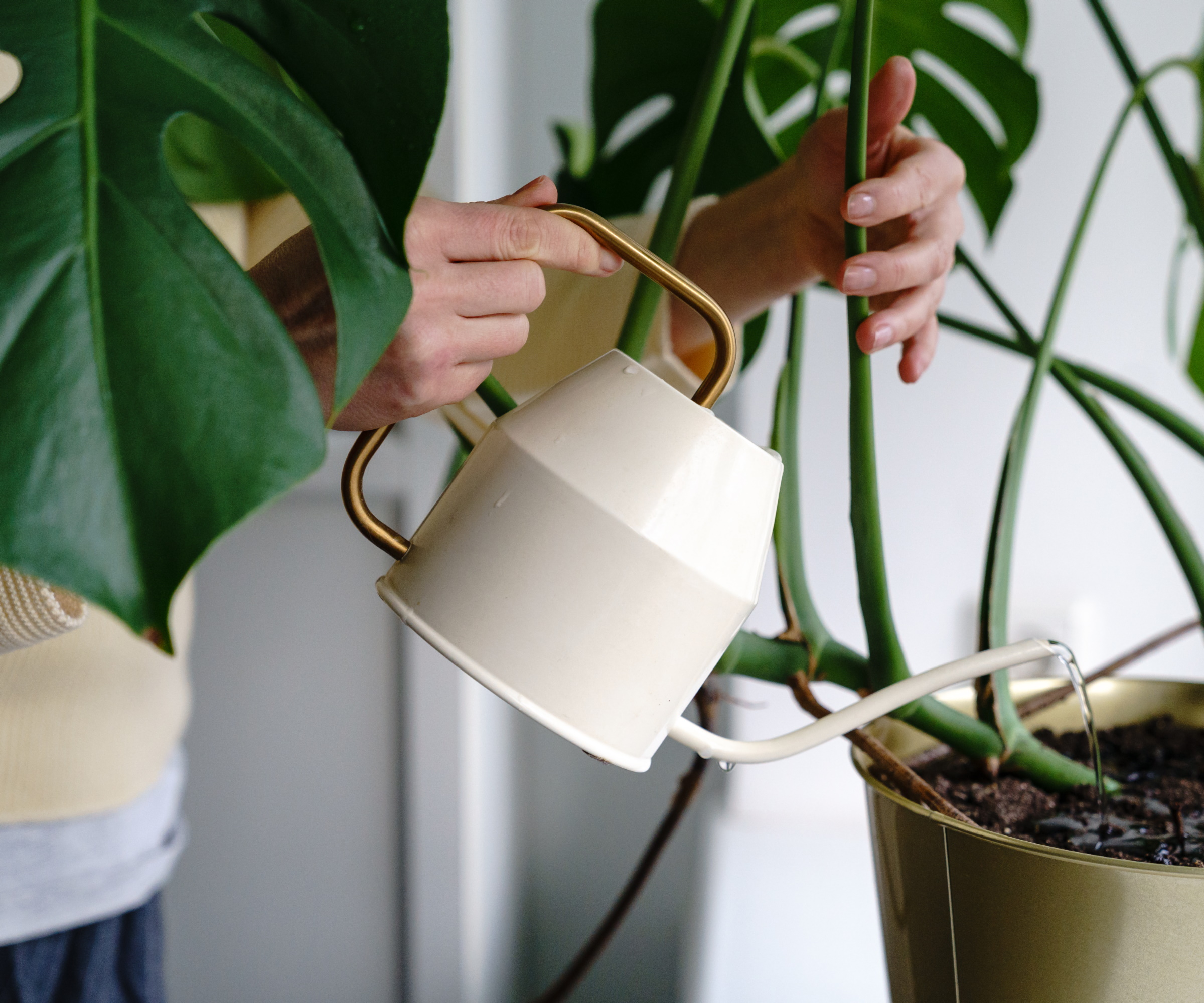
For my monstera, I like to use a balanced houseplant fertilizer, available at Amazon, because I know it's providing my indoor plants with equal NPK plant fertilizer numbers - that is, equal parts nitrogen, phosphorus and potassium, all of which encourage healthy growth. However, experts say you can also opt for one with a higher nitrogen number.
'Use a liquid complex mineral fertilizer formulated for foliage plants. It should contain more nitrogen than phosphorus and potassium,' says Nastya. 'Opt for an NPK fertilizer with a 3:1:2 or 2:1:1 ratio.'
Nitrogen helps with the development of chlorophyll, the chemical that keeps foliage looking green and aids photosynthesis. A nitrogen-rich fertilizer therefore encourages luscious leaf growth.
Depending on your intention, you can also choose a longer-lasting fertilizer. 'I recommend a slow-release fertilizer, occasionally supplemented by a half-strength liquid type to increase the growth rate and 'beef-up' the plant,' says Chuck Pavlich, plant expert and director of new product development with Terra Nova Nurseries.
When it comes to fertilizing your monstera, always follow the manufacturer's instructions for your chosen product. It's best to apply fertilizer when watering houseplants to allow the plant food to soak into the soil and reach the roots.
Aim to water your monstera around the root ball to ensure the plant food reaches the roots where the plant can soak up the nutrients. It's wise to avoid splashing fertilizer on the leaves, as it could scorch them in high volumes.
You should then wait a couple of weeks to a month to use fertilizer again, ensuring you aren't oversaturating your monstera's soil or risking houseplant root rot or burn.
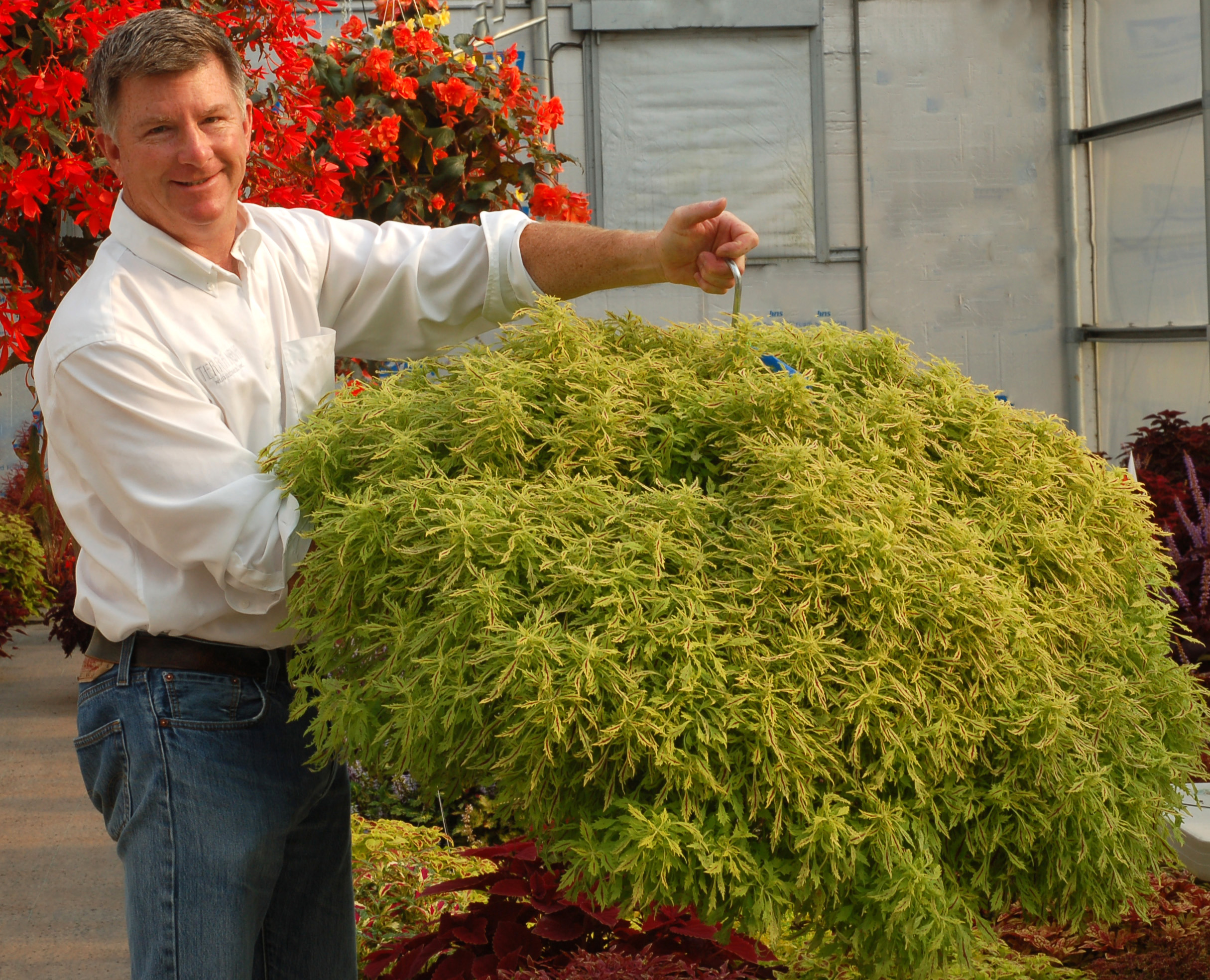
Educated at Washington State University, Chuck has worked in the retail nursery business for 30 years. Chuck brings his passion for plants to TERRA NOVA. As the Director of New Product Development, Chuck is responsible for new ideas for the breeders as well as overseeing the breeding process and shepherding new products to the perennial market.
Monstera fertilizer that we recommend
FAQs
Is it necessary to fertilize monsteras?
While it isn't an essential requirement to feed your monstera, fertilizing it during its active growth season will bring a range of benefits.
'Proper fertilization supports the plant’s development and helps the growth of new leaves. Nitrogen promotes the growth of green mass, while phosphorus stimulates root formation and helps the plant adapt to environmental factors,' says Nastya Vasylchyshyna, plant expert at Plantum. 'Phosphorus, in combination with potassium, also helps stabilize the water balance in plant tissue and strengthens the immunity of monstera plants.'
Why did fertilizer turn my monstera leaves yellow?
If your monstera leaves turn yellow after fertilizing it, it's an indication that you might have used too much fertilizer or applied it at the wrong time. If you use too much fertilizer on your monstera, it can cause root burn which in turn can kill off foliage. Likewise, applying fertilizer at the wrong time - i.e. when it isn't actively growing - can cause root burn and oversaturated soil, once again leading to discolouring and unhealthy foliage. The best thing to do is prune your monstera to remove discolored leaves and allow the soil to dry out before watering again. You should then only fertilize your monstera in the appropriate frequency and volume at the right time of year.
Fertilizing your monstera during spring and summer is a good idea if you want to boost its growth and add more jungle foliage to your interiors. Take care to only fertilize your monstera in spring and summer to ensure they benefit accordingly.
As your monstera grows larger, you'll need to give it a bigger home. Luckily, it's quite easy to repot a monstera, so you can provide it with enough space and prevent it from becoming pot-bound.

Tenielle is a Gardens Content Editor at Homes & Gardens. She holds a qualification in MA Magazine Journalism and has over six years of journalistic experience. Before coming to Homes & Gardens, Tenielle was in the editorial department at the Royal Horticultural Society and worked on The Garden magazine. As our in-house houseplant expert, Tenielle writes on a range of solutions to houseplant problems, as well as other 'how to' guides, inspiring garden projects, and the latest gardening news. When she isn't writing, Tenielle can be found propagating her ever-growing collection of indoor plants, helping others overcome common houseplant pests and diseases, volunteering at a local gardening club, and attending gardening workshops, like a composting masterclass.
